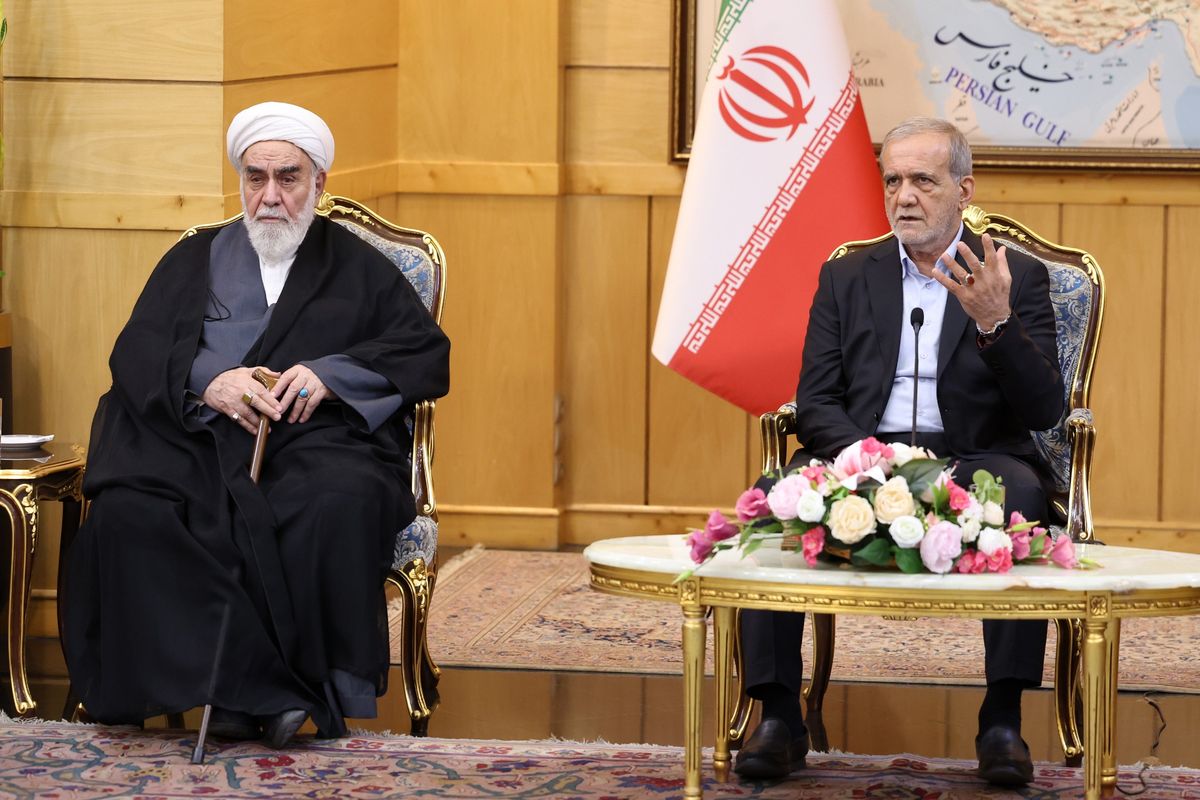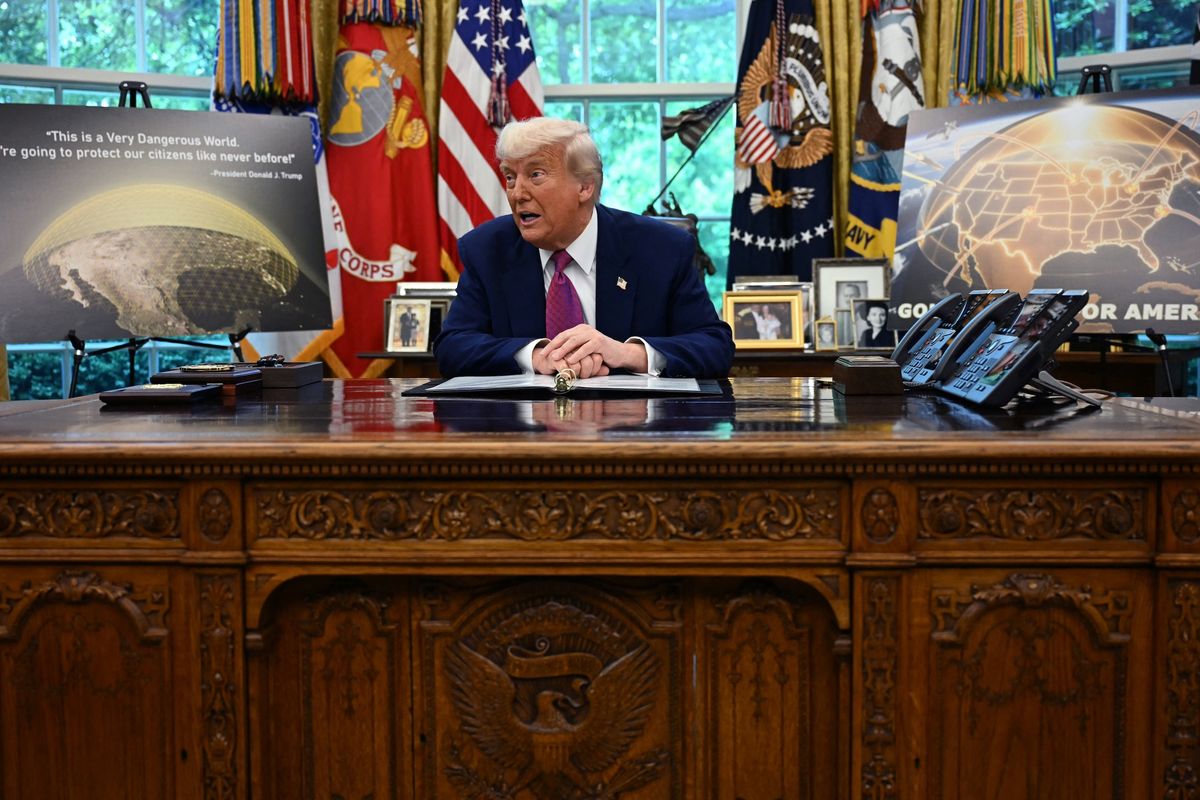OPINION — India’s breakthrough lunar landing showed that our free world economies are in an age of healthy research, experimentation, and growth with commercial space infrastructure. This growth era comes with sophisticated 21st century espionage and an opportunity to design more airtight security in a critical sector of global competition.
The FBI recently published a Counterintelligence Warning Memorandum cheekily titled, “Safeguarding the US Space Industry: Keeping Your Intellectual Property in Orbit,” highlighting threats facing the U.S. space industry.
The report–which includes a constellation of extraplanetary puns–was produced in collaboration with the U.S. Air Force Office of Special Investigations and the National Counterintelligence and Security Center (NCSC). Although it was meant for U.S. industry executives and board members, the carefully enumerated threats are not U.S.-specific. Every Allied nation is threatened by China, Russia, Iran, North Korea, and several other states who use state intelligence services to steal intellectual property and trade secrets for competitive advantage in space.
It's not just for the President anymore. Cipher Brief Subscriber+Members have access to their own Open Source Daily Brief, keeping you up to date on global events impacting national security. It pays to be a Subscriber+Member.
As we’ve seen for years, foreign spy agencies from China, Russia, and other economic competitors to US industry actively target the space sector for intellectual property theft. This is important because the space sector is critical to our way of life–every other defined area of critical infrastructure relies upon it. Imagine the chaos that can now be caused with disrupted satellite services for communications, GPS, and allied Position, Navigation and Timing (PNT). This is why education, preparation, and intelligence-led security initiatives are vital to organizations seeking to defend their perimeters and protect their assets, including data and IP, from cyberattacks.
The National Institute for Standards & Technology (NIST) has an exquisitely technical definition for “Zero Trust”principles to plan industrial and enterprise infrastructure and workflows. As a trend in security design, layman’s terms Zero Trust is a common-sense idea that every security framework must treat all users, whether in or outside the organization’s network as alien. Every individual user, machine, and process must be continuously authenticated, authorized, and validated before getting new access or retaining access to any applications or data.
Zero Trust is a bit like maintaining accurate archival records at the British Museum, it’s a work that should never stop and should assume anyone is a threat to security.
Looking for a way to get ahead of the week in cyber and tech? Sign up for the Cyber Initiatives Group Sunday newsletter to quickly get up to speed on the biggest cyber and tech headlines and be ready for the week ahead. Sign up today.
Zero Trust for cybersecurity and counterintelligence lends itself to the catchy London Underground counterterrorism advice of “See it. Say it. Sorted.” Constant vigilance and healthy skepticism is a principle component of staying ahead of a catastrophic event with these espionage threats to not only space, but all areas of global technological competition, from AI to quantum computing and even synthetic biology.
A bright point in the memo is that it provides specific actions for American companies, universities, and research institutions to take, along with some key indicators to look for. In fact, much of the guidance they provide can be brought to life with an intelligence program that can help organizations across international boundaries for public and private sector stakeholders to identify at-risk insiders, mitigate third-party supply chain risk, prevent loss, and develop incident response plans that can help them conduct business as usual.
This is both a hardware and software development opportunity to holistically build all-threat awareness and a zero trust model into allied commercial space systems that we didn’t have the luxury of baking into in legacy terrestrial or maritime digital communications.
As allied nations and security partners across the Atlantic, we learned to fight global terrorism together extremely well through sharing relevant threat intelligence, burden sharing in response, and operational comparative advantage to counter shared threats to peace in our homelands. It is now time we make a real commitment to countering these adversarial threats to our future prosperity at the highest levels.
The Cipher Brief is committed to publishing a range of perspectives on national security issues submitted by deeply experienced national security professionals.
Opinions expressed are those of the author and do not represent the views or opinions of The Cipher Brief.
Have a perspective to share based on your experience in the national security field? Send it to Editor@thecipherbrief.com for publication consideration.
Read more expert-driven national security insights, perspective and analysis in The Cipher Brief












